
As rollups continue to redefine the scalability landscape for Ethereum and beyond, the Conduit Rollup Framework has emerged as a leading choice for projects seeking rapid deployment and deep customization. But with the 2025 market demanding ever more flexible architectures, the question arises: How far can you push Conduit’s modularity, especially when it comes to integrating custom consensus layers?

Why Custom Consensus Layers Matter in Modern Rollups
The evolution of rollups is no longer just about compressing transactions or reducing gas costs. Developers now want granular control over every layer of their blockchain stack. Custom consensus mechanisms allow projects to optimize for unique needs, whether that’s higher throughput, faster finality, or specialized security models. This is especially true in the era of appchains and application-specific rollups, where one-size-fits-all solutions may fall short.
According to the Conduit 2025 State of Rollups, flexibility is now a top priority for both DeFi protocols and enterprise deployments. The ability to fine-tune consensus, once considered a niche feature, is quickly becoming a mainstream requirement.
“The modular architecture allows developers to customize different blockchain layers, such as the consensus or execution layers, making it highly adaptable. “
– QuickNode, Essential Rollup Fundamentals
The State of Custom Consensus in Conduit (2025)
Conduit distinguishes itself as a rollup-as-a-service platform supporting popular frameworks like Optimism’s OP Stack and Arbitrum Orbit. Its dashboard lets teams launch application-specific chains within minutes, configuring settlement layers, data availability (DA) options, and even gas tokens. However, and this is crucial for advanced builders provides direct integration of custom consensus layers within Conduit’s framework is not yet natively supported.
This doesn’t mean Conduit ignores consensus innovation altogether. Their recent release of ‘Elector’, an enhancement for OP Stack-based chains, showcases their commitment to reliability. Elector introduces multiple sequencers into its protocol, slashing sequencer downtime by over 50% and pushing uptime beyond 99.95%. While not a fully custom consensus engine, it demonstrates that Conduit is actively improving core consensus infrastructure within its supported frameworks.
Navigating Customization: What’s Possible Today?
If your project requires a fully bespoke consensus mechanism, say, integrating Tendermint BFT or building your own proof-of-authority variant, Conduit may not be your best fit right now. Instead, you’ll want to explore more extensible frameworks like OP Stack or Arbitrum Orbit directly (docs.owl.build). These allow deeper customization at the protocol level but demand greater technical expertise and operational overhead.
Customizable Features in Conduit vs Other Rollup Frameworks
-
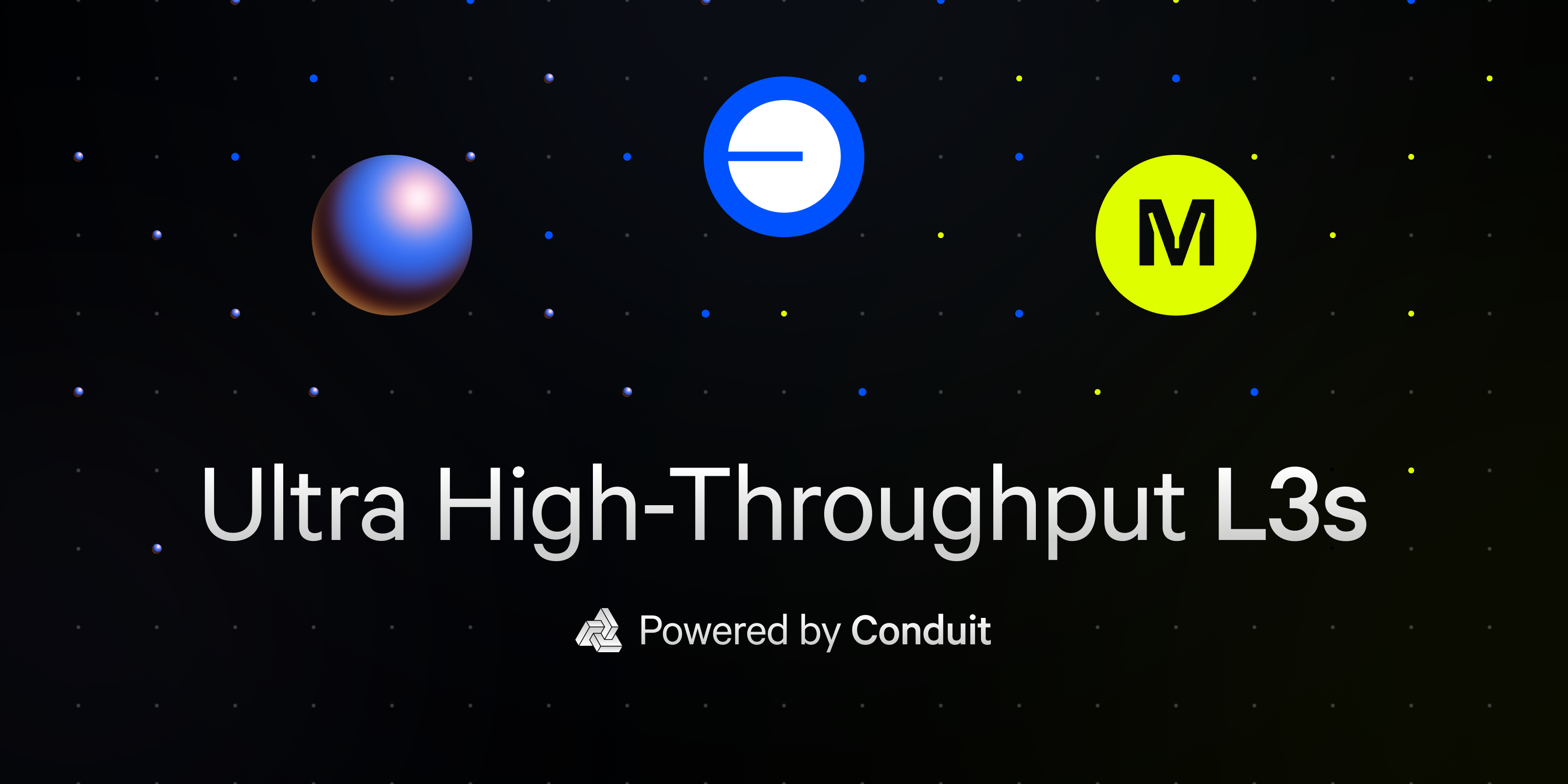
Settlement Layer Selection: Conduit allows developers to choose their preferred settlement layer, such as Ethereum mainnet, when deploying a rollup, offering flexibility similar to frameworks like OP Stack and Arbitrum Orbit.
-
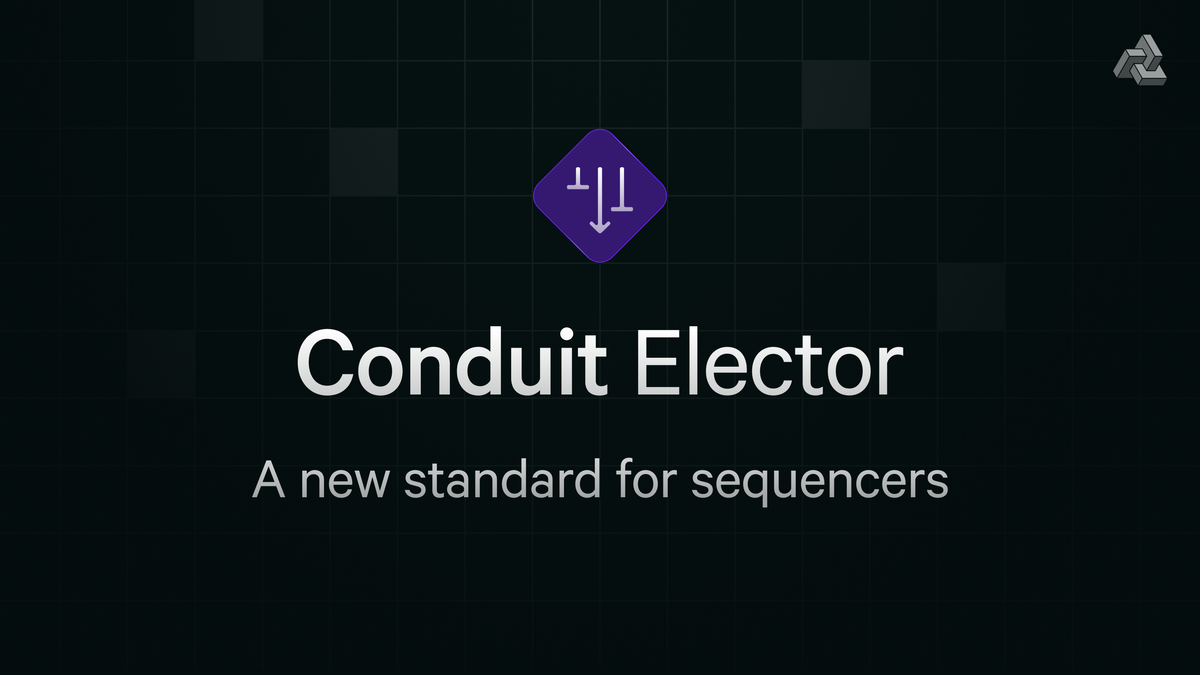
Data Availability (DA) Options: With Conduit, you can integrate various data availability solutions (e.g., Ethereum, Celestia, EigenDA), enabling greater control over scalability and cost. This is a key feature also found in OP Stack and Arbitrum Orbit.
-

Custom Gas Token Support: Developers can specify a custom gas token for their rollup on Conduit, allowing for app-specific economics. This feature is also available in other modular rollup frameworks.
-

Sequencer Configuration & Uptime Enhancements: Conduit’s Elector module enhances consensus by supporting multiple sequencers, boosting uptime to over 99.95% for OP Stack-based chains. While OP Stack and Arbitrum Orbit allow custom sequencer setups, Elector is unique to Conduit.
-
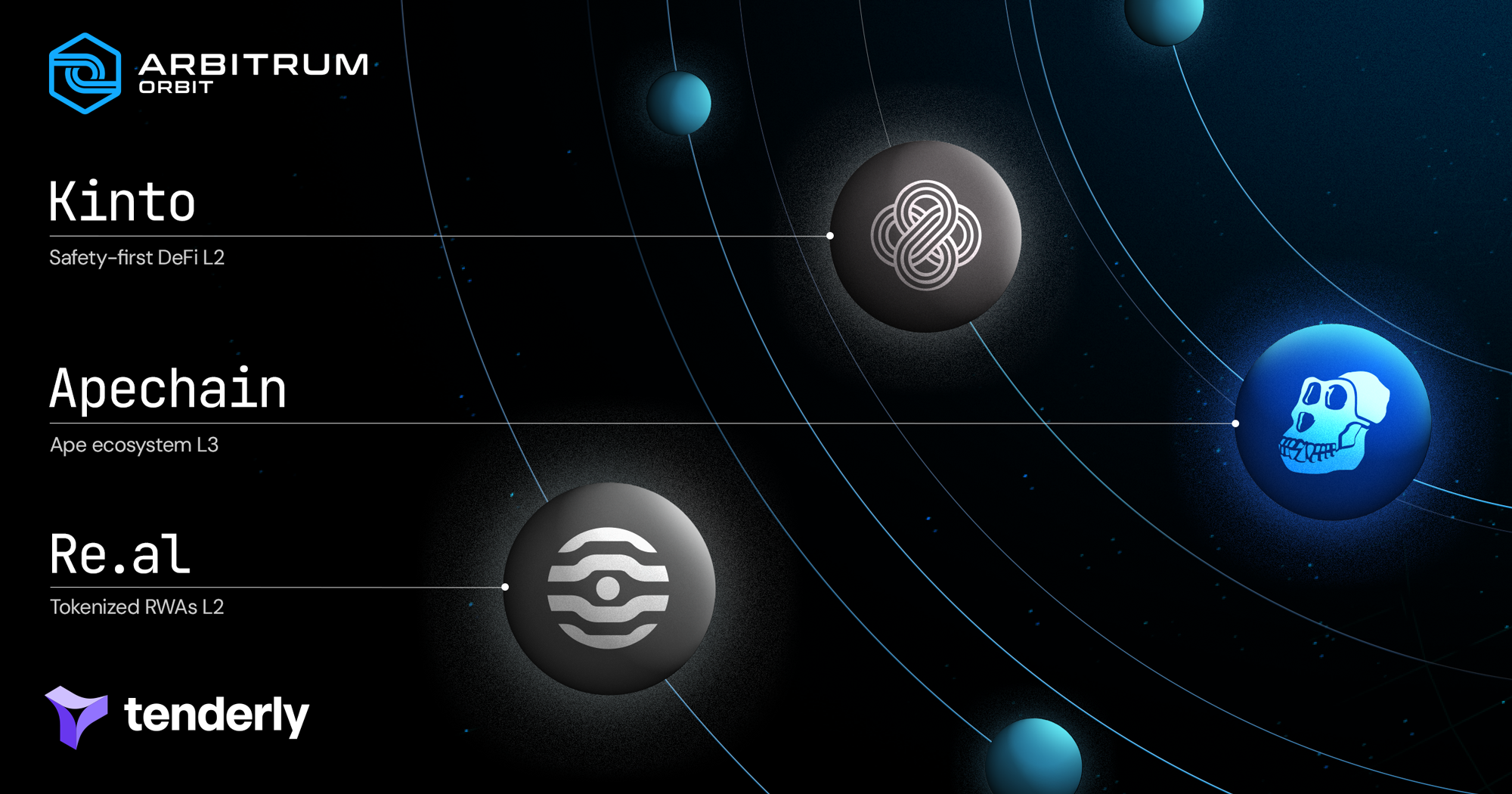
Framework Choice: OP Stack & Arbitrum Orbit Integration: Conduit supports deploying rollups with leading frameworks like OP Stack and Arbitrum Orbit, giving developers access to the latest modular rollup technologies.
-
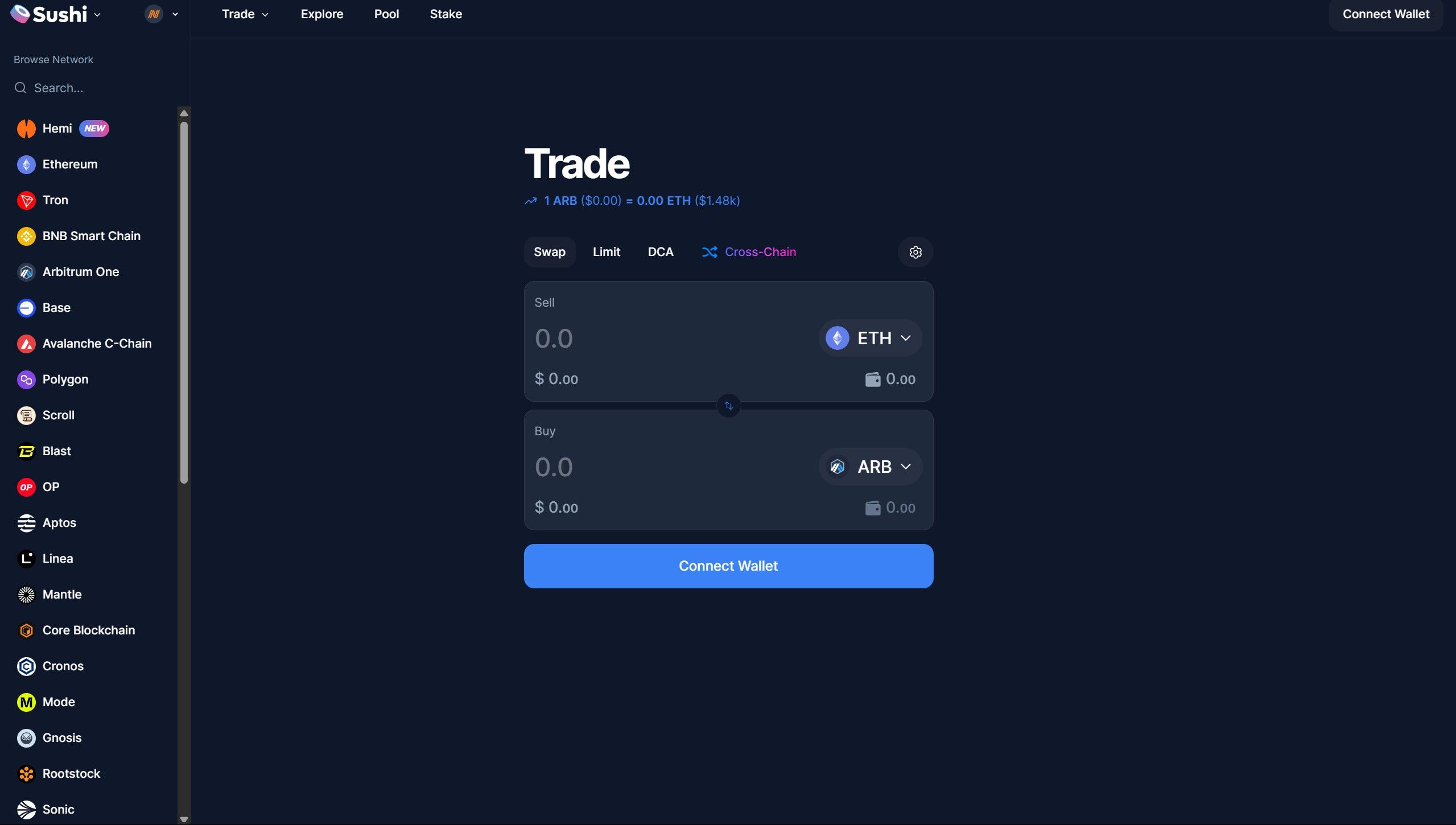
Appchain-Specific Customization: Conduit enables the creation of application-specific chains (appchains), letting projects tailor execution environments and features to their needs—comparable to options in OP Stack and Arbitrum Orbit.
Still, for most use cases, including NFT platforms like Zora or high-frequency trading platforms such as Aevo, the existing options in Conduit are robust enough. Projects benefit from rapid time-to-market while leveraging proven security models inherited from Ethereum L1.
The “Everyone Gets a Chain” Economy: Appchain Use Cases
The rise of appchains, blockchains dedicated to single applications, is fueling demand for customizable infrastructure. Conduit’s approach lets teams deploy their own rollup tailored to specific functionality without reinventing the wheel each time (conduit.xyz). This trend is expanding what’s possible with modular blockchains while keeping development friction low.
As the modular rollup ecosystem matures, the balance between flexibility and operational simplicity is shaping deployment decisions across the industry. While full custom consensus integration remains a frontier for Conduit, its existing suite of features empowers projects to iterate quickly and scale confidently, especially when uptime, data availability, and seamless user experience are paramount.
For developers who prioritize speed to market, Conduit’s abstraction of complex infrastructure tasks is a game changer. The ability to select from a range of settlement layers, toggle between data availability providers, and fine-tune gas token economics means most application-specific needs can be met without delving into protocol-level engineering. This is why platforms like Zora and Mode have chosen Conduit for their rollup deployments.
What’s Next for Conduit Rollup Customization?
The 2025 landscape hints at even greater composability. With innovations like Elector paving the way for enhanced consensus reliability, it’s reasonable to expect that deeper consensus customization could arrive as demand intensifies. In fact, industry analysts predict a surge in hybrid rollup models, combining off-the-shelf frameworks with tailored consensus enhancements, to address niche requirements without sacrificing operational efficiency (conduit.xyz).
Until then, teams looking for total control over their chain’s governance or validator logic should continue exploring direct integrations with frameworks like OP Stack or Arbitrum Orbit. For everyone else, Conduit’s evolving toolkit offers a pragmatic blend of modularity and production-readiness.
Comparing Customization Paths: Conduit vs Other Frameworks
Consensus Customization: Conduit vs. OP Stack vs. Arbitrum Orbit
-
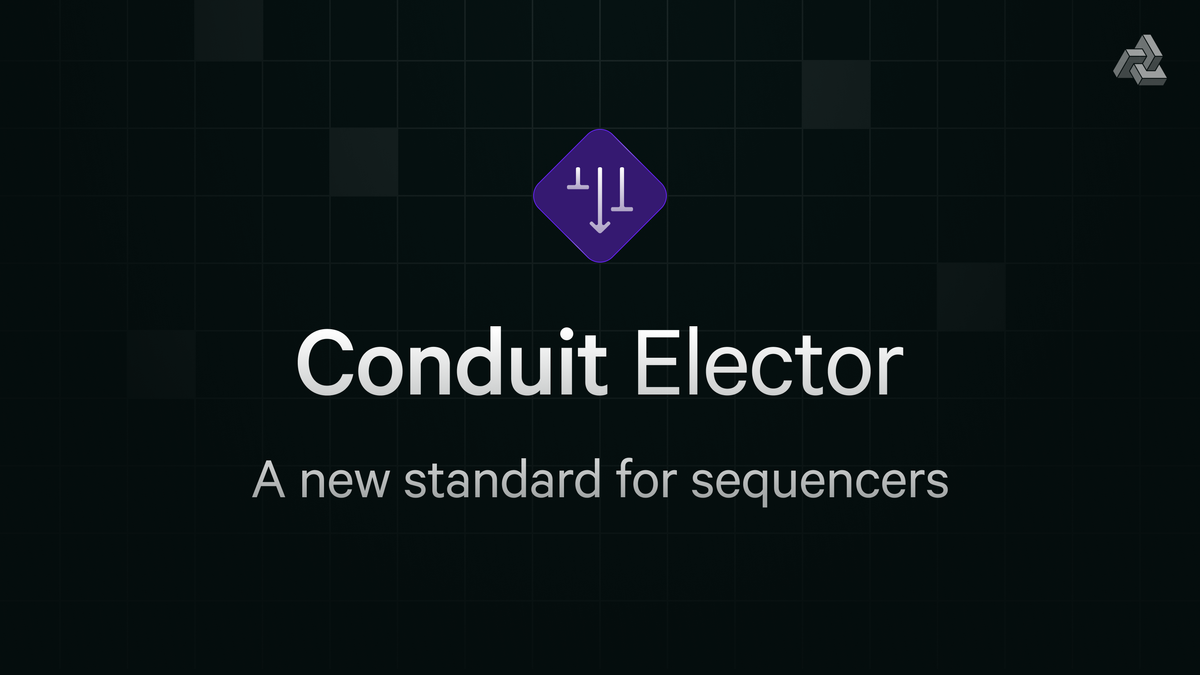
Conduit: Offers extensive rollup customization (settlement layers, data availability, gas tokens), but does not currently support direct integration of custom consensus layers. However, its Elector enhancement for OP Stack-based chains improves sequencer uptime by incorporating multiple sequencers, reducing downtime by over 50%.
-
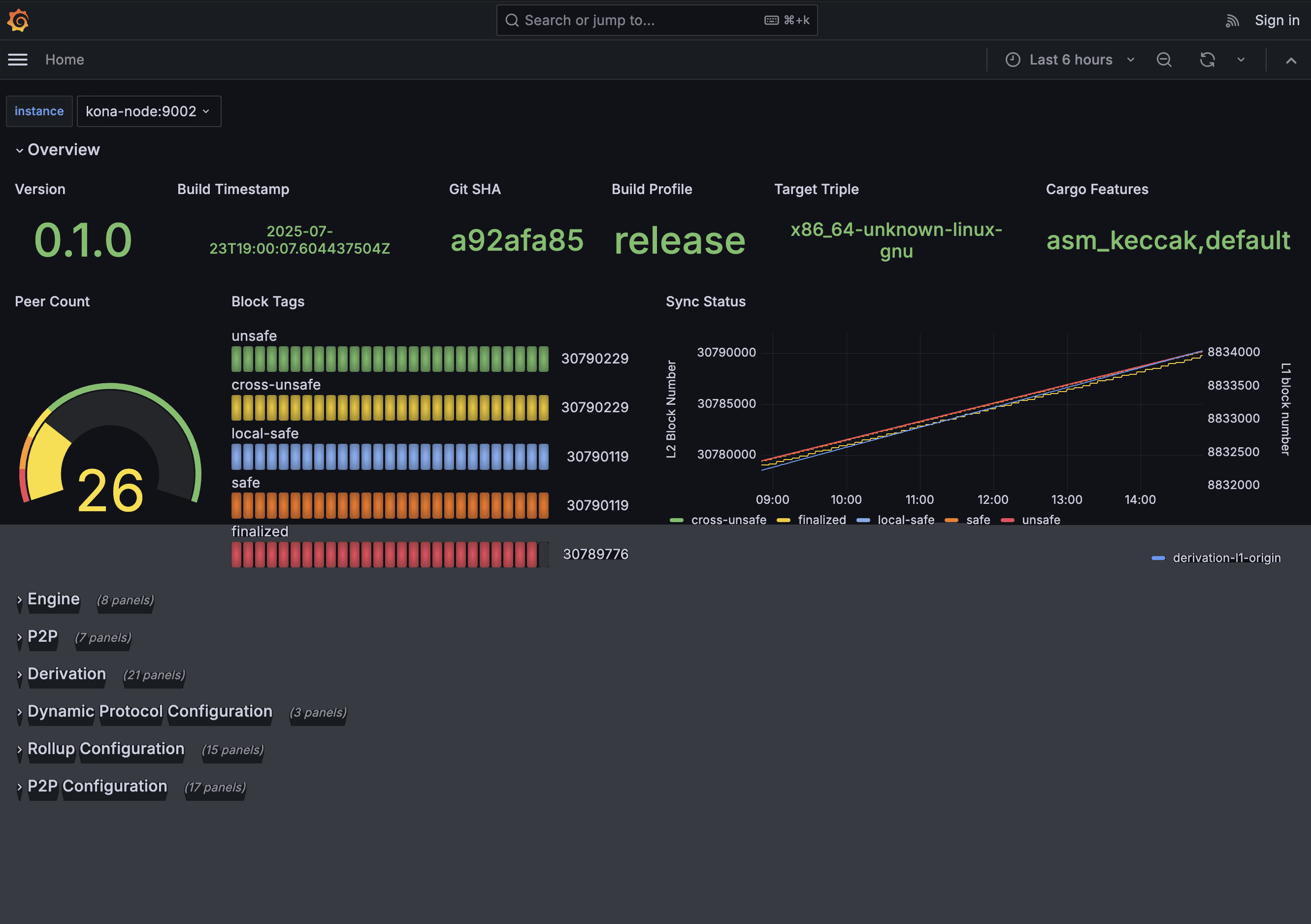
OP Stack: Provides a modular architecture that allows developers to implement custom consensus mechanisms. This flexibility makes OP Stack a popular choice for projects seeking deep consensus layer customization within their rollups.
-

Arbitrum Orbit: Designed for application-specific rollups, Arbitrum Orbit enables bespoke consensus layer integration. Developers can tailor consensus protocols to their appchain’s needs, supporting advanced use cases and experimentation.
Ultimately, your choice hinges on project requirements. If you need plug-and-play reliability with best-in-class uptime (thanks to solutions like Elector), Conduit is hard to beat. For bleeding-edge projects building novel consensus mechanisms or governance structures from scratch, direct engagement with more extensible frameworks remains essential.
The “everyone gets a chain” economy is just getting started, and as market demands evolve, so too will the toolkits that power tomorrow’s decentralized applications. Stay tuned by following official updates and keeping an eye on emerging features within each framework.






